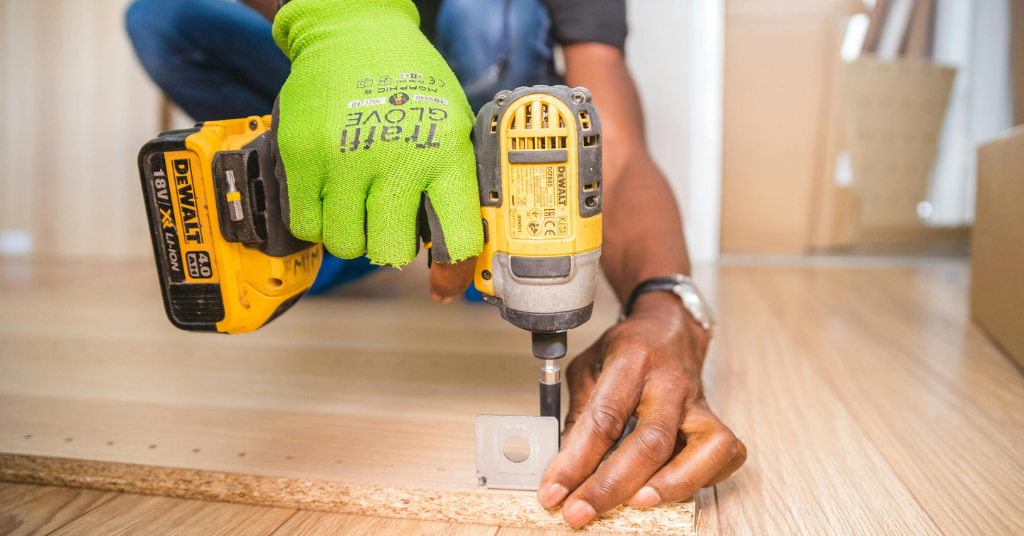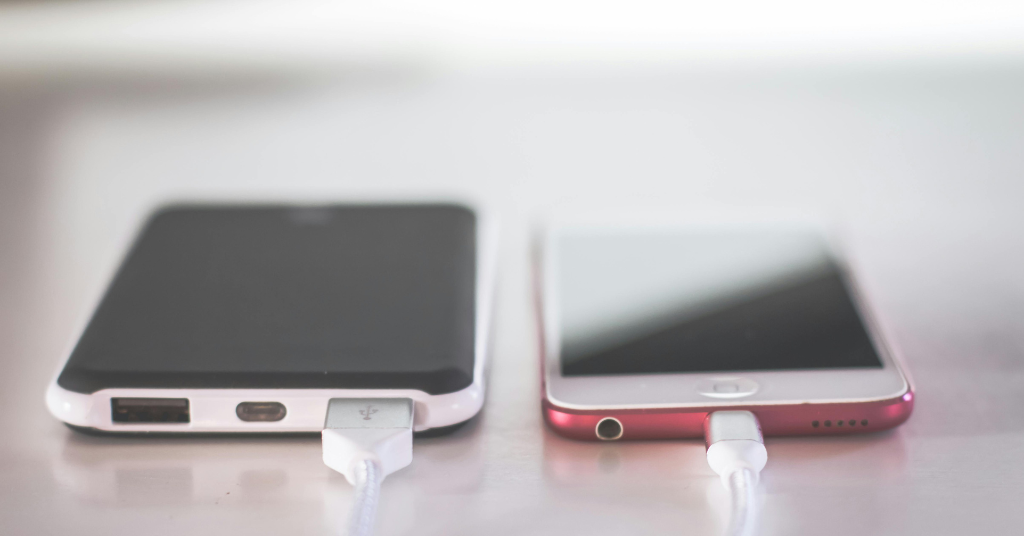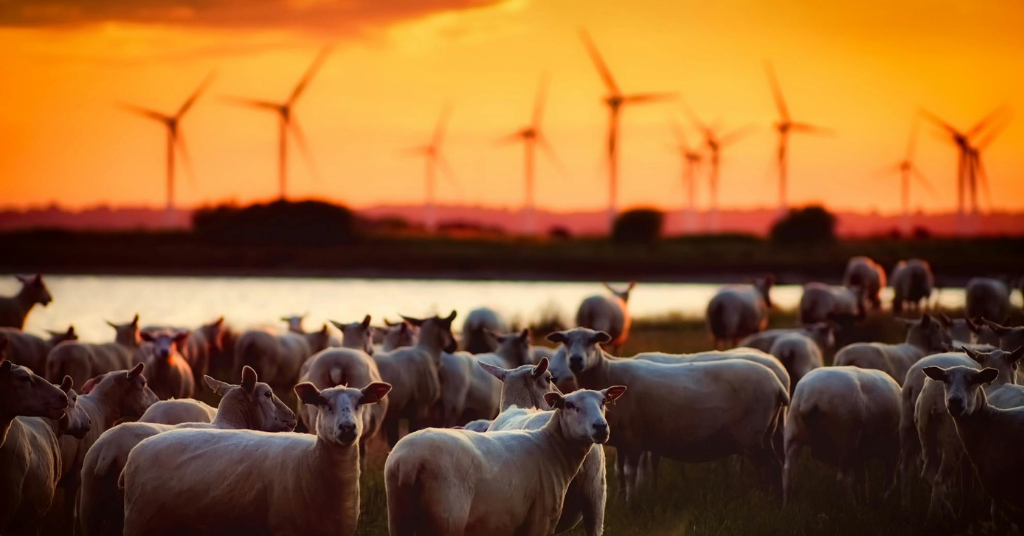In an era where environmental concerns are at the forefront, many people are turning to DIY projects to create eco-friendly products that reduce waste and promote sustainability. Making your own sustainable solutions not only helps the planet but can also save you money and be a fun, creative endeavor. Here are some simple DIY eco-friendly products you can make at home to contribute to a greener lifestyle.
- Natural cleaning products
Store-bought cleaning supplies often contain harsh chemicals that can be harmful to both your health and the environment. Instead, you can make your own natural cleaning solutions with common household ingredients. Here are a couple of easy recipes:
All-Purpose Cleaner: Mix 1 cup of water, 1/2 cup of white vinegar, and a few drops of essential oil (like lemon or lavender) in a spray bottle. This mixture effectively cleans surfaces and leaves a fresh scent.
Glass Cleaner: Combine 1 cup of water, 1/4 cup of white vinegar, and 1/4 cup of rubbing alcohol in a spray bottle. It’s great for streak-free windows and mirrors.
- Reusable beeswax wraps
Plastic wrap is a common kitchen item, but it’s not environmentally friendly. Beeswax wraps are a sustainable alternative that you can make yourself:
Materials: Beeswax pellets, cotton fabric (pre-washed), and a baking sheet.
Instructions:
Preheat your oven to 250°F (120°C).
Cut the cotton fabric into desired sizes.
Place the fabric on a baking sheet and sprinkle evenly with beeswax pellets.
Place the baking sheet in the oven for 5-10 minutes, or until the beeswax is melted.
Use a brush to spread the melted beeswax evenly over the fabric.
Let the wraps cool and harden. They’re now ready to use for wrapping food or covering dishes.
- DIY shampoo and conditioner
Commercial shampoos and conditioners can contain synthetic chemicals that aren’t great for your skin or the environment. Making your own hair care products ensures you know exactly what’s going on your body. Here’s a simple recipe for a natural shampoo:
Ingredients: 1/4 cup of liquid Castile soap, 1/4 cup of water, and 1 tablespoon of coconut oil.
Instructions:
Mix the ingredients in a bottle.
Shake before each use and apply to wet hair. Rinse thoroughly.
You can use a similar process to create a natural conditioner by mixing 1/4 cup of apple cider vinegar with 1/4 cup of water and a few drops of your favorite essential oil.
- Homemade body scrub
Exfoliating your skin doesn’t have to involve synthetic ingredients. You can make an effective and natural body scrub with items from your kitchen:
Ingredients: 1 cup of sugar (white or brown), 1/2 cup of coconut oil, and a few drops of essential oil (like peppermint or lavender).
Instructions:
Combine the sugar and coconut oil in a bowl.
Add essential oil and mix well.
Store in an airtight container and use in the shower to exfoliate your skin.
- Eco-Friendly Plant Fertilizer
If you have a garden or houseplants, you can make your own natural fertilizer to help them thrive:
Ingredients: Used coffee grounds, eggshells, and banana peels.
Instructions:
Collect used coffee grounds and let them dry.
Crush eggshells into small pieces.
Cut banana peels into small pieces.
Mix all ingredients together and sprinkle them on the soil around your plants. These items provide nutrients and improve soil quality.




